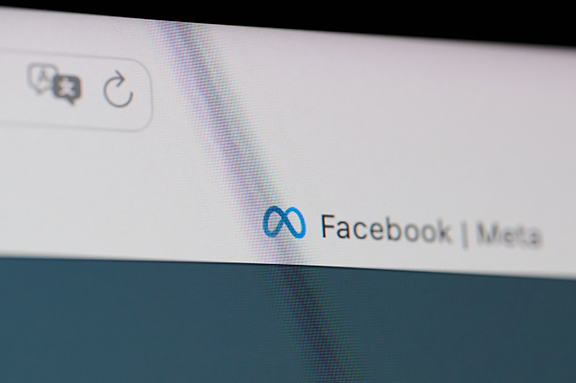In the absence of a federal data privacy law, plaintiffs and their counsel have looked to traditional state and federal laws to seek redress for alleged privacy violations. One such statute is the Video Privacy Protection Act (VPPA) of 1988 (18 U.S.C. Section 2710), which lived in relative obscurity for decades until a recent spate of lawsuits put it on the radar of many organizations and attorneys. This article will provide a brief history of the VPPA, an overview of how the courts apply it to modern technologies, as well a description of some of the statute’s limitations as courts attempt to shoehorn new facts into an old law.
The Past: History of the VPPA
In 1987, the Washington City Paper published a profile of U.S. Supreme Court nominee Robert Bork based on the titles of 146 films he and his family rented from a video store. Congress responded in 1988 by passing the VPPA, which prohibits “video tape service providers” from knowingly disclosing, to a third-party, “personally identifiable information (PII) concerning any consumer.” “A video tape service provider” is defined as being “engaged in the business” of the “rental, sale or delivery of prerecorded video cassette tapes or similar audiovisual materials.” 18 U.S.C. Section 2710(a)(4), while PII is defined as information that “identifies a person as having requested or obtained specific video materials or services from a video tape service provider.”


 Meta facebook logo on smartphone screen close up view. AdobeStock Image
Meta facebook logo on smartphone screen close up view. AdobeStock Image




